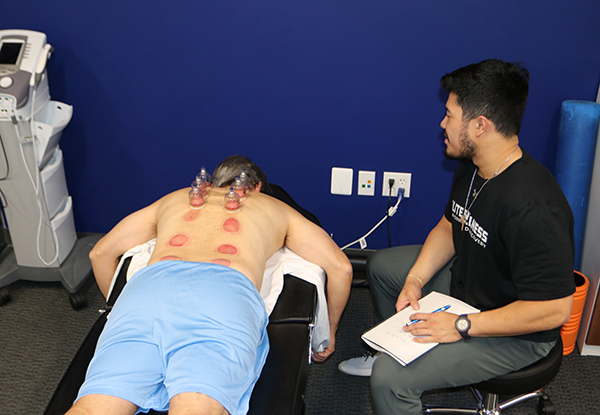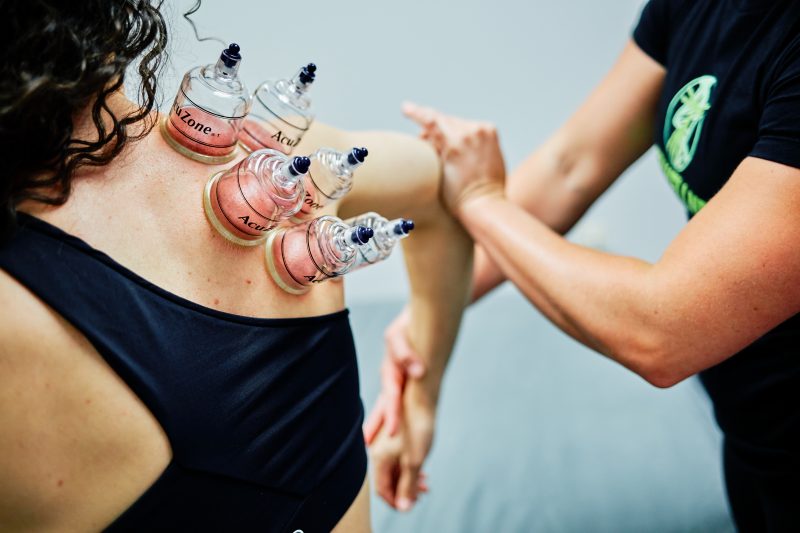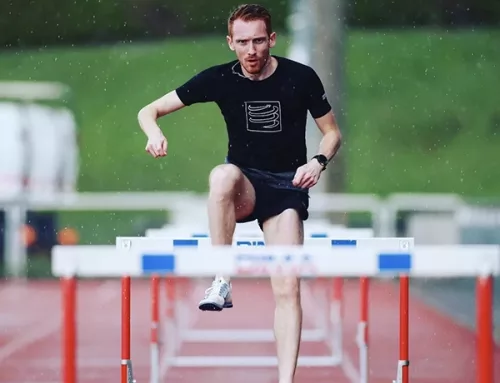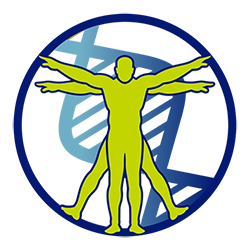Recovery is Very Critical for Athletes During In-Season
Let’s Talk Athletic Recovery
In the competitive world of sports, athletes often strive to be the best, pushing themselves to their limits to become the strongest and fastest in their field. However, in their pursuit of greatness, many athletes are reluctant to take a day off to recover, fearing they might fall behind or miss the chance to improve their performance even slightly. What they fail to realize is that rest and recovery days are just as crucial to their training regimen as the intense workouts themselves. These days allow the body to perform at its peak and should be an integral part of every athlete’s workout plan.
The consequences of constantly training without adequate recovery can be detrimental to an athlete’s body. The repetitive breakdown of muscles without sufficient time to rebuild can lead to a body that struggles to repair itself, potentially leading to injuries and long-term health issues.

Sadly, many athletes only consider recovery when they are already injured. However, there are significant benefits to incorporating different recovery methods into an athlete’s routine, especially during their competitive season. Utilizing these recovery modalities can effectively decrease muscle tightness, soreness, and internal inflammation, reducing the risk of injuries.
One key aspect is the importance of listening to the body’s signals. It’s essential for athletes to recognize when they need rest or active recovery and adjust their training schedule accordingly. While it may be challenging for some athletes to allow their bodies to rest, understanding that these recovery days are vital for optimal performance can help shift their perspective.

Experts recommend that most athletes should incorporate at least one to two rest or active recovery days into their weekly training schedule. However, it’s important to note that the specific requirements may vary for each individual athlete based on factors like training intensity, fitness level, and personal recovery capacity. By paying attention to their body’s needs, athletes can strike the right balance between training and recovery, optimizing their performance.
In the pursuit of peak performance, athletes are encouraged to adopt a proactive approach to recovery rather than a reactive one. Simple practices, such as ensuring sufficient sleep, maintaining a well-balanced nutrition plan, and focusing on overall mobility, can make a significant difference in enhancing recovery and performance outcomes.
Rest and recovery days are not a luxury for athletes; they are a necessity. Pushing the body to its limits without adequate time to recover can lead to physical and mental burnout, hindering performance in the long run. By incorporating proper recovery techniques into their training regimen and listening to their body’s signals, athletes can unlock their full potential and achieve the greatness they aspire to reach. Remember, recovery is an essential component of any successful athlete’s journey to success.

Elite Wellness offers the recovery services below:
- Compression Boots
- Cryotherapy
- Cupping
- Heat and Vibration Therapy
- Infrared Sauna
- Manual Therapy
- Massage
- Red-Light Therapy
- Scraping
- Ultrasound
- Vibration Massage







